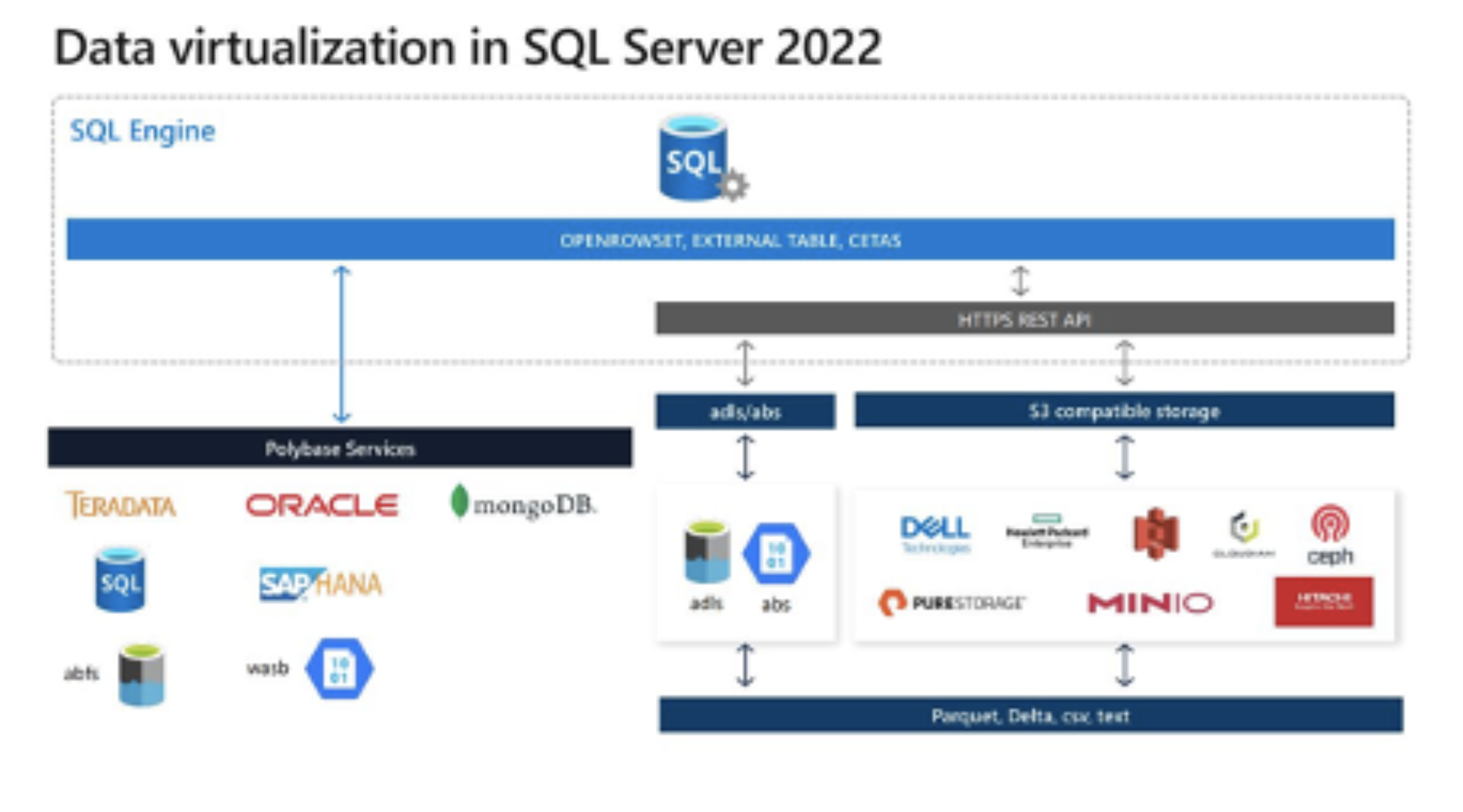It seems a little odd to compare a technology company (one primarily focused on storage no less) to a rough and tumble gangster rapper with a reputation for saying what he thinks and continually upsetting the status quo. But that’s what Pure Storage has been doing since they’ve been around as well. In my last article I wrote about how they’ve come a long way. They’ve done it in their own particular way (see FlashBlade) and have seen some great success as a result. Last week at their third annual Pure Accelerate conference in San Francisco, Pure unveiled their next wave of disruption, the //X Series FlashArray.
I’m in your DC, re-wiring it
Pure went to some lengths to outline their vision of storage that has moved “beyond the All-Flash Array” as we know it. What exactly does that mean? There are a few factors at play in the modern data centre that are causing a shift in how data is delivered to applications. For a start, networks are getting faster. 10GbE is becoming a common standard, with large patches of 25GbE and 100GbE filling racks as well. At the same time, protocols such as NVMe (and NVMe-oF) are capable of delivering extremely high bandwidth at very low latency. Pure talked a lot about how the “outside the box” penalty (the latency penalty traditionally associated with having to go from the server to the storage array to retrieve data) applies less as latency is reduced to hundreds of microseconds.
Charlie Giancarlo, CEO, talked about a “Data-centric Architecture” in the keynote on Wednesday. You’ve probably heard of an application-centric architecture before, so what is a data-centric one? It has a lot to do with bringing the data back to a common platform and making it accessible to both traditional (legacy) applications that are still sitting on storage arrays, as well as modern, cloud-like applications sitting on direct attach storage (DAS). If you’ve ever wondered why DAS has become so prevalent with certain types of application architectures, think about the types of infrastructures traditionally associated with these applications. They’re normally deployed in the public cloud, where latency can be a real problem and shared storage isn’t really a common option. Invariably they had the choice to work with local storage or network shares. With NVMe-oF, the problem of latency is reduced to a minor irritation. Traditional applications, of course, love shared storage too.
It’s a box!
We saw the first //X Series array announced in 2017, and Pure have gone all in on the concept, announcing a range of //X arrays from 10 through to 90. The //X50, //70 and //90 all have NVMe DirectFlash modules in a variety of size, while the entry-level //X10 and //X20 come configured with SAS / SATA modules. Hold on. If Pure is all in on NVMe, why are they still shipping arrays with SAS modules? The entry level market is cost-conscious, and the DirectFlash modules don’t come any smaller than 2.2TB raw, while you can still purchase 512GB Flash modules. That said, even the entry level models can use NVMe if buyers want it. Each controller has 2 1/10/25GbE ports onboard, as well as 2 ports for replication and 2 1GbE ports for management. There are three slots per controller for host IO with a variety of configurations available and capacity ranges from 55TB through to 3PB effective. The datasheet provides more information.
Still (Ever)green after all of these years
So you bought the //X10 with SAS modules and now you’re feeling jealous of the NVMe crowd? Have one of the older FA arrays and want to get onboard the NVMe train (note it may not be a train)? No problem. Pure has hung its hat on the fact that all of its arrays are upgradeable and capable of supporting future storage architectures via non-disruptive upgrades.

Evergreen Storage
This has been my favourite thing about Pure since I came across them. Sure, the All-Flash idea was neat, and the staff wearing orange is a nice touch. But I’ve been at the pointy end of forklift upgrades in the enterprise and it is no fun at all. Evergreen takes away a lot of the pain normally associated with platform enhancements and gives you the opportunity to get the most out of the investment you’ve already made in your storage platform.
Pure no longer qualifies as a cocky upstart in the storage market, but I think it’s apparent from last week’s announcements that they’re focused on helping customers get the most out of their data.




